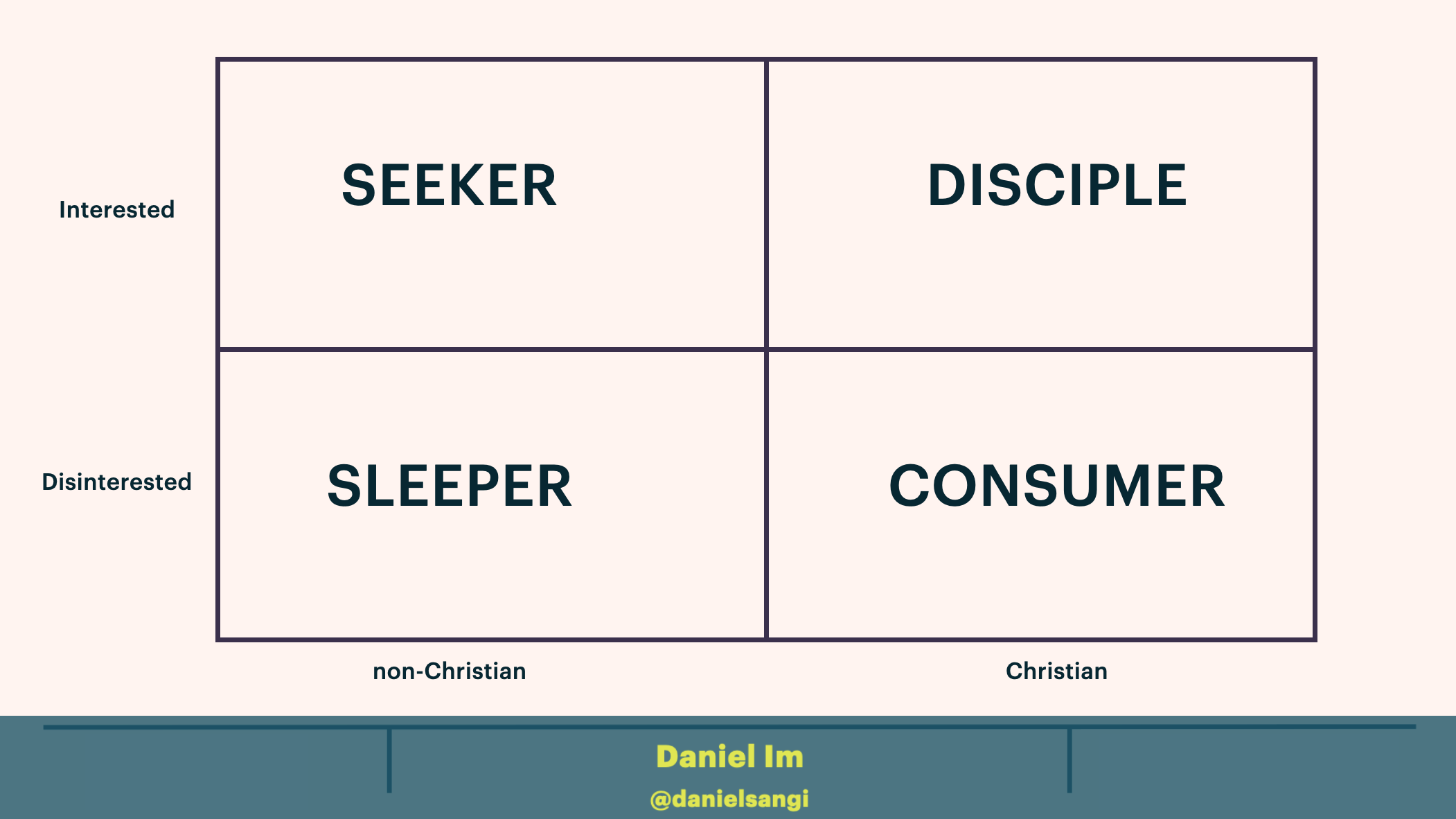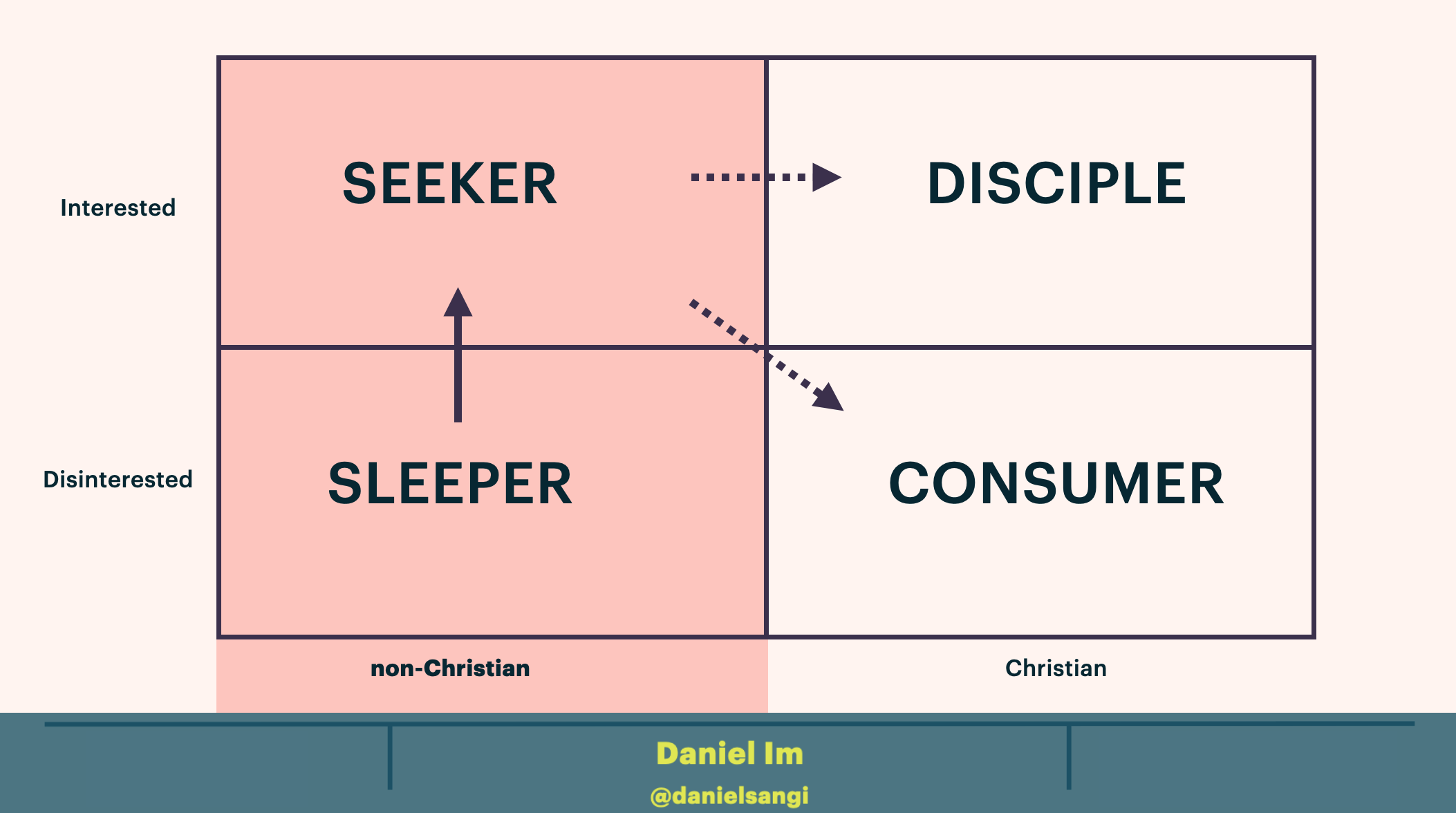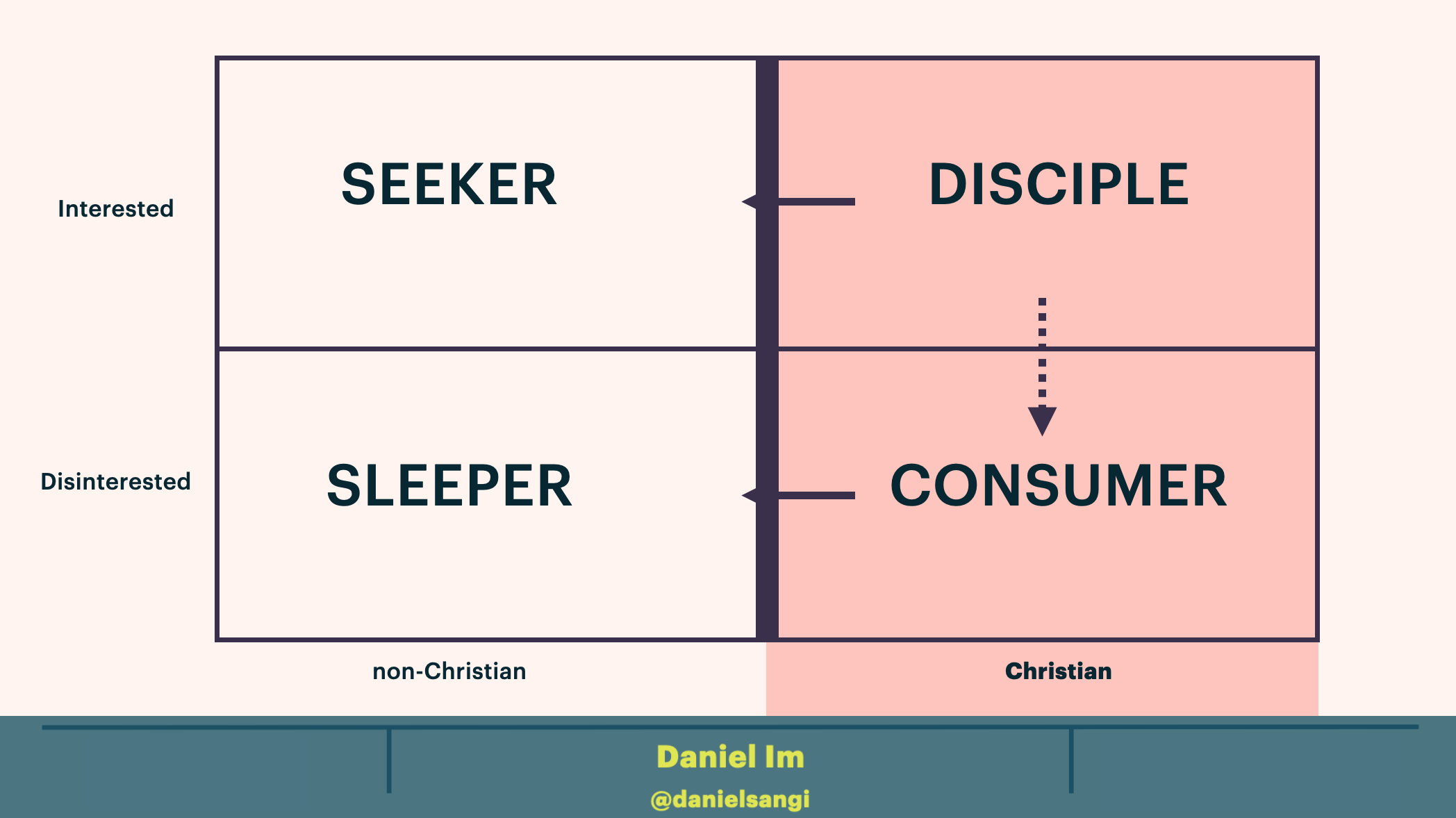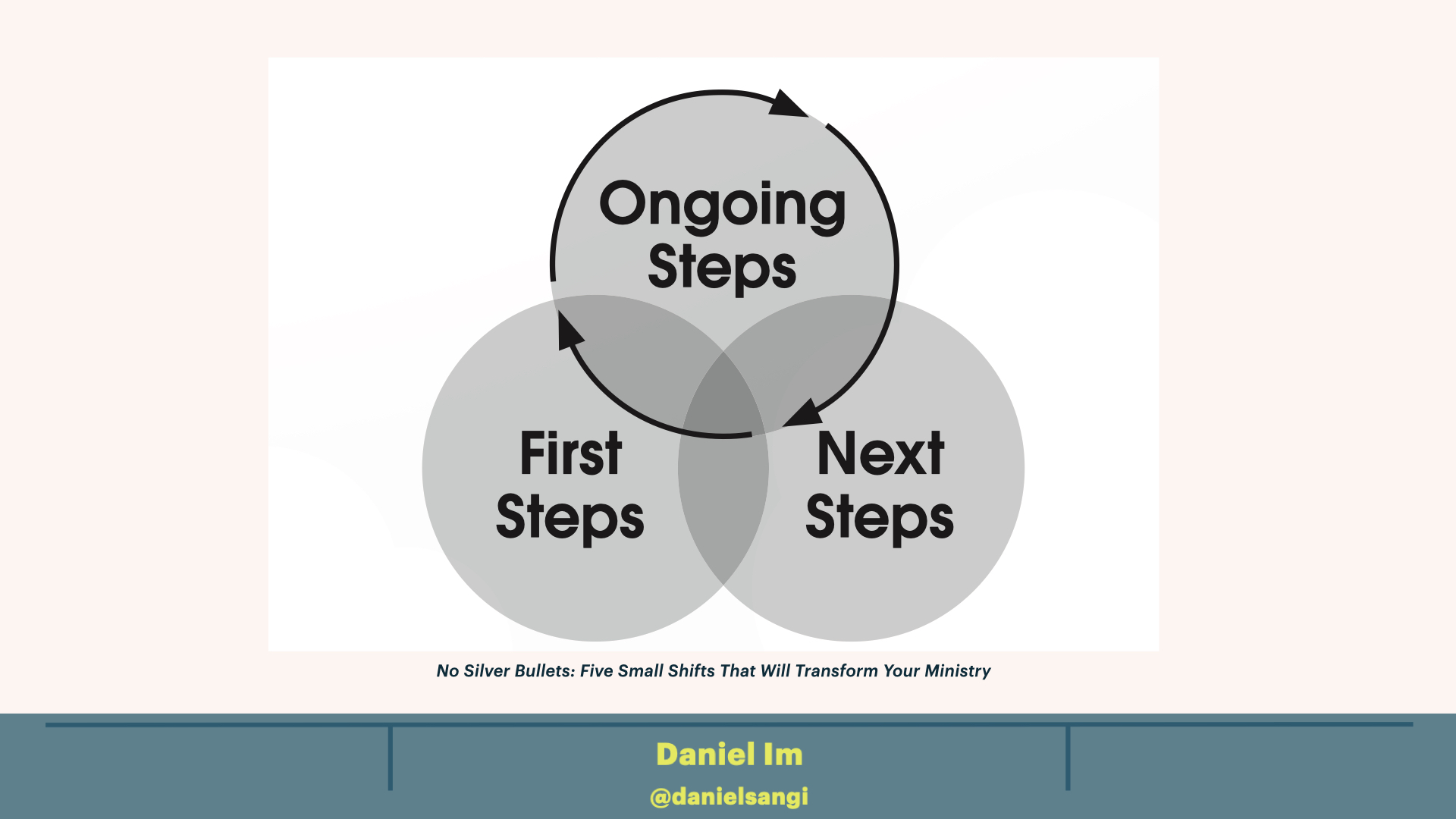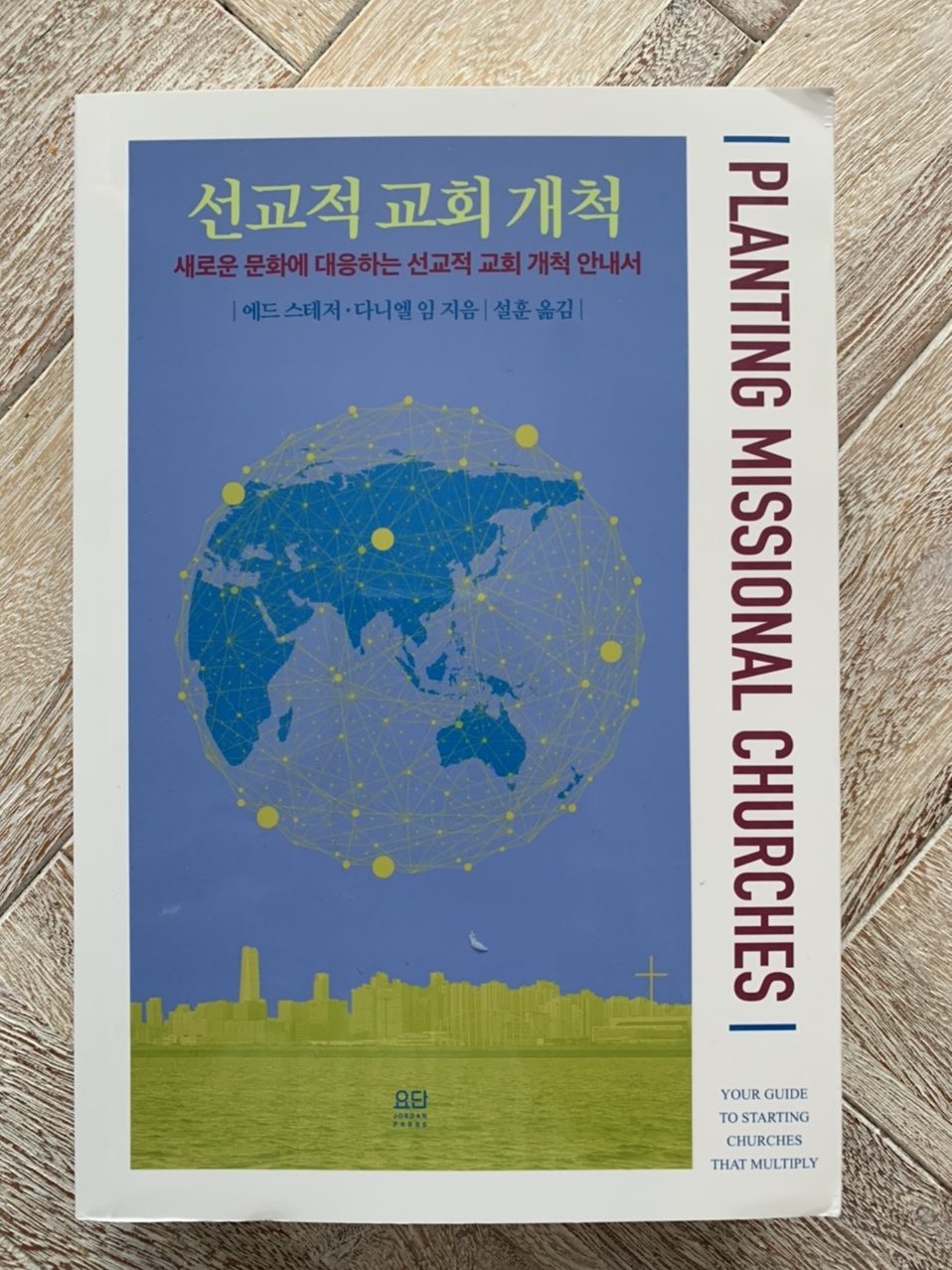
The book I co-authored with Ed Stetzer, Planting Missional Churches (2nd edition), is now in Korean! A huge thanks to 설훈 and 요단출판사 for their work to translate our book.
I had the opportunity to write a new Preface for the Korean edition. Here’s what it says in English:
I am who I am today because of church planting. My love for Jesus is stronger, my faith is rooted deeper, and I believe my ministry has experienced a greater measure of fruitfulness because of the church plant I grew up in, and the church plants I’ve been a part of.
My parents (Byongnam and Soonim) immigrated to Canada in the 1970s from South Korea. They brought their faith in Jesus, their love for the church, and their desire to start afresh and anew to Canada. Because of a desire to be in community and on mission, they helped plant the church that I grew up in, The Philadelphia Church of Vancouver.
Growing up, I didn’t know anything else. Of course you would start new churches to reach new people. Of course you would sacrifice your time, talent, and treasure to help the church grow. Of course you would have people over to your house to fellowship, worship, study the Bible, and pray. Of course you would be incredibly welcoming and evangelistic to reach the lost. Of course life would revolve around the church.
I didn’t know that Christians lived any other way. I didn’t know that for many Christians, faith is a once or twice a month commitment if it suits their schedule. I didn’t know that some could call themselves Christians simply for the social benefits that it gives them. I didn’t know because church planting was my all and everything.
The first two churches I served in were church plants. The third church was a global church planting church. And the church that I’m now the Lead Pastor at, Beulah Alliance Church in Edmonton, Canada, has planted over 30 churches in its 100 year history.
I love church planting because it’s one of the most powerful means of spreading the gospel. Ed Stetzer and I are convinced that church planting is, and will always remain, a key part in the advancement of the Kingdom of God.
Now while Ed and I worked on this book together, we’ve chosen to write the rest of the book in first person and in Ed’s voice. However, since I’m a second-generation Korean Canadian, and this is the Korean translation of the book, we decided that I, Daniel Im, would write the preface.
So before we get into the book, let me end this preface with a story about a heroic church planter.
He rises up early in the morning—earlier than anyone else like Jesus did (Mark 1:35)—to pray and seek God’s face for the salvation of his city. He single-handedly raises more than enough finances to cover all of his church plant’s expenses for five years because of his earnest faith in our Father who gives us our daily bread (Matthew 6:10). His church plant quadruples in size every single year because of his anointed preaching and dynamic worship services (Acts 2:41-47). Every month, he plants church after church after church because the fields are ready for harvest and he’s cracked the code on rapid multiplication (John 4:35).
Do you know anyone like that? Is this who you want to become? This person sounds incredible, don’t they? Intimacy with Jesus and fruitfulness in ministry—what else would you want as a pastor?
The only problem is that it’s a myth!
Now let me clarify before you close this book, or throw it away.
I’m not saying that intimacy with Jesus and fruitfulness in ministry is a myth. I’m saying that the individualistic heroic church planter who single-handedly accomplishes and grows their church plant because of their own skills and abilities is a myth! Growing spiritually and ministering effectively is not a solo endeavour. And the key to success isn’t charisma and a master plan.
The path to planting missional churches that multiply for God’s glory is one that can only be taken together with others, with Jesus as the Head, and the Holy Spirit’s empowerment. And that’s the path that we want to take you on in this book. So let’s get started.
Daniel Im
Edmonton, Canada
If you are interested, you can pick up a copy of the book here.
